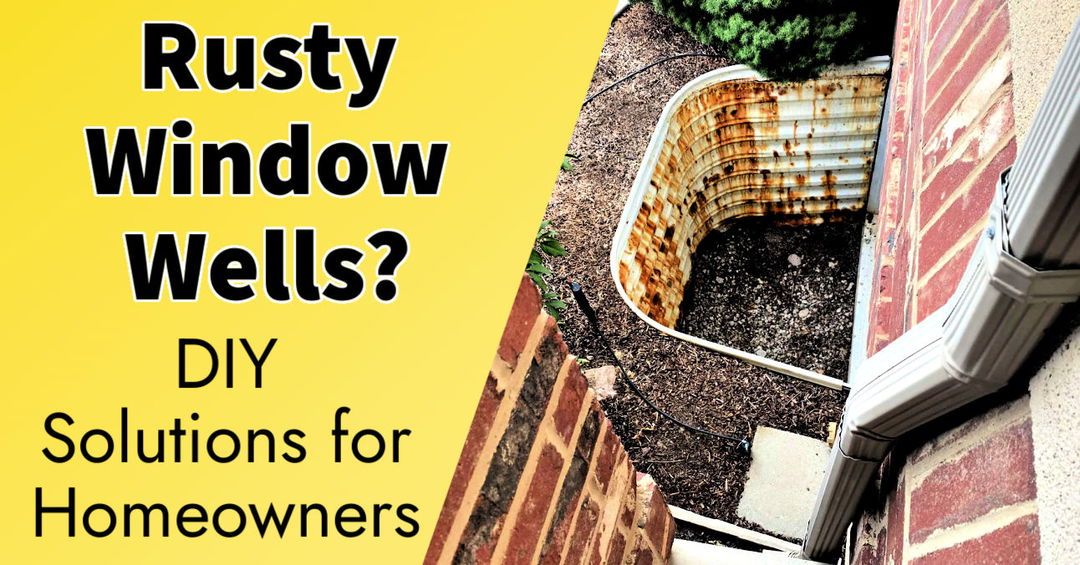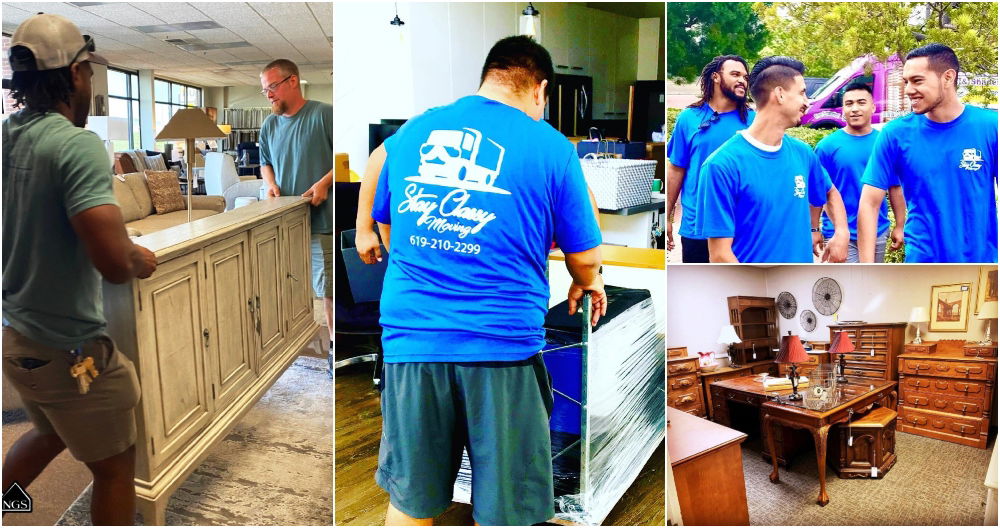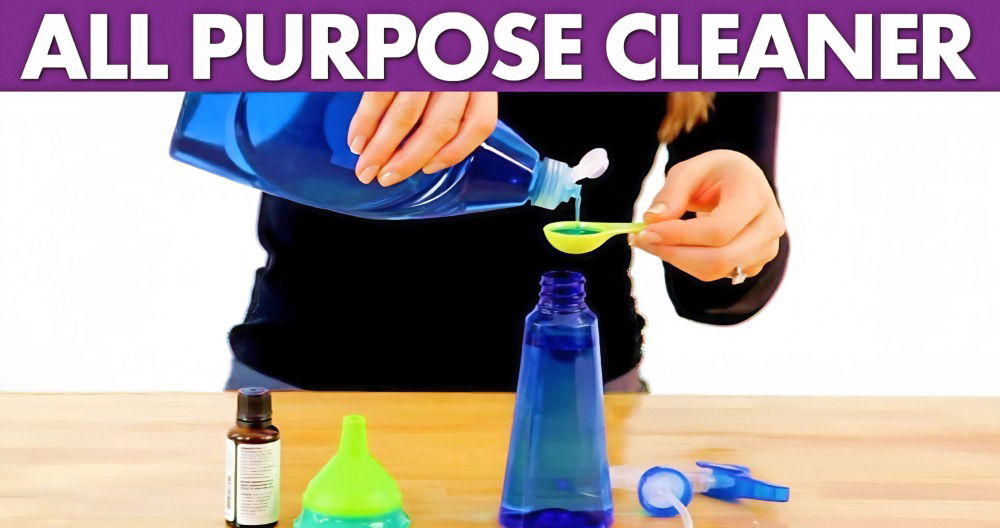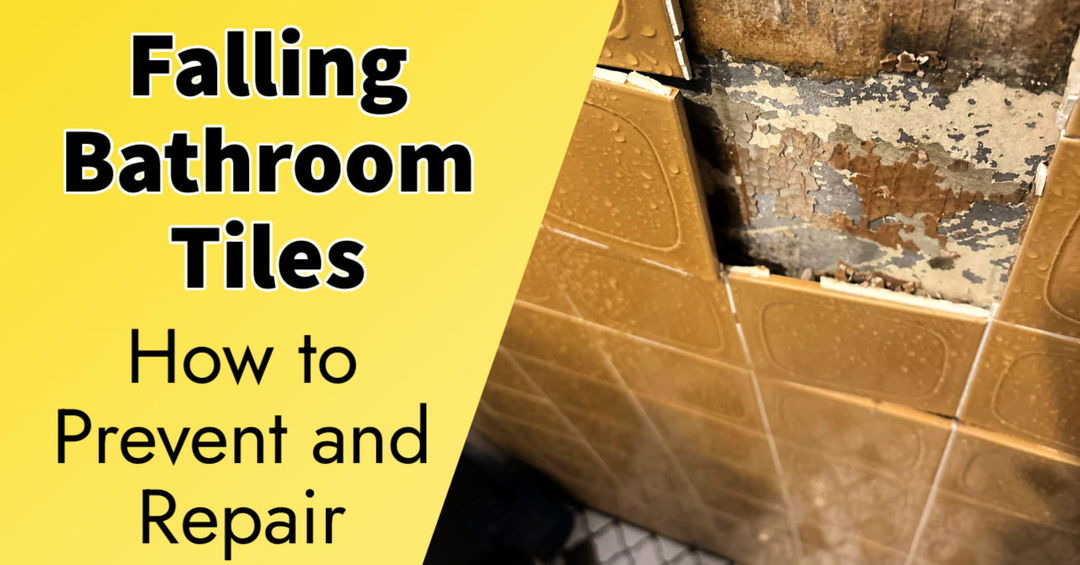Living in a house with a raised foundation can present unique challenges, particularly when it comes to managing humidity. If you've ever dealt with dampness in your closet, you're not alone. Humidity problems in these spaces can lead to mildew, mold, and musty smells, all of which can ruin clothing and create an unhealthy environment. Based on the experiences shared by others facing similar issues, let's explore a comprehensive guide on how to address humidity problems in closets, especially when you're dealing with a raised foundation home.
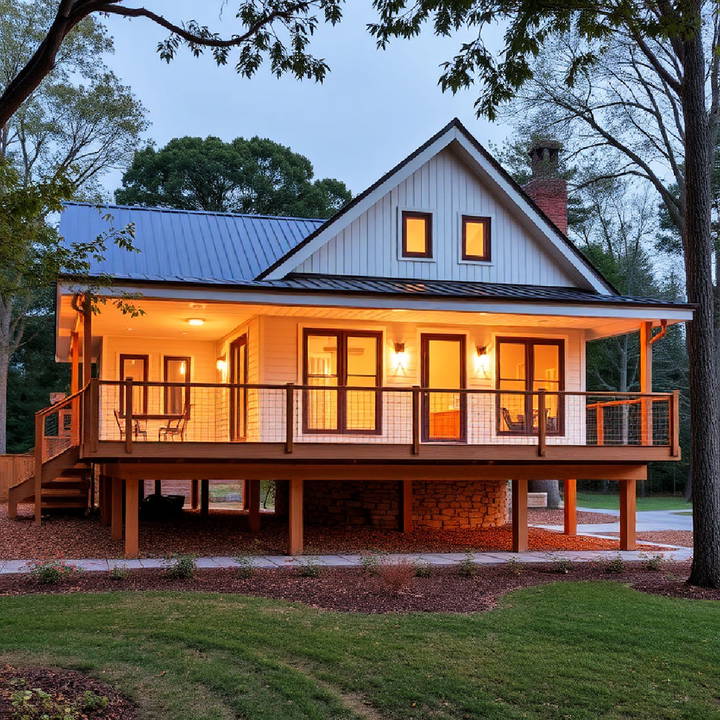
Understanding the Problem: Why Raised Foundations Lead to Humidity Issues
Raised foundation houses, especially those built in the mid-20th century, often lack proper insulation and ventilation. These homes are elevated above the ground, typically on concrete blocks, which can make them prone to moisture problems if not properly maintained. In many cases, humidity issues in interior closets are exacerbated by poor airflow, nearby water sources (like bathrooms), and lack of insulation.
In one scenario, a homeowner reported that their closet, which shared a wall with a bathroom, had significant humidity issues resulting in mildew growth on clothes. The closet also had an access panel to the pump for a jet tub, which wasn't functioning properly, potentially contributing to the damp conditions.
Steps Taken So Far: What Works and What Doesn't
Based on shared experiences, a few steps have been tried to combat the humidity:
- Using DampRid Containers: These moisture absorbers were placed in the closet and refilled monthly or bi-monthly. While they help reduce humidity levels, they aren't a permanent fix for the underlying problem.
- Adding Foam Insulation: Blue architectural foam with an R12 value was stuffed into an access hole in the closet. While this provides some insulation, it doesn't address ventilation issues or stop moisture at its source.
- Considering a Dehumidifier: Installing a small plug-in dehumidifier in the closet was suggested as another potential solution to actively remove moisture from the air.
- Improving Air Circulation: Suggestions included leaving the closet door open and using a small fan to encourage airflow, which can help reduce moisture buildup.
- Checking for Water Leaks: Ensuring there isn't a hidden water leak, particularly since the closet shares a wall with a bathroom, is crucial. A persistent drip from a shower faucet was noted, which, while seemingly minor, could contribute to overall dampness over time.
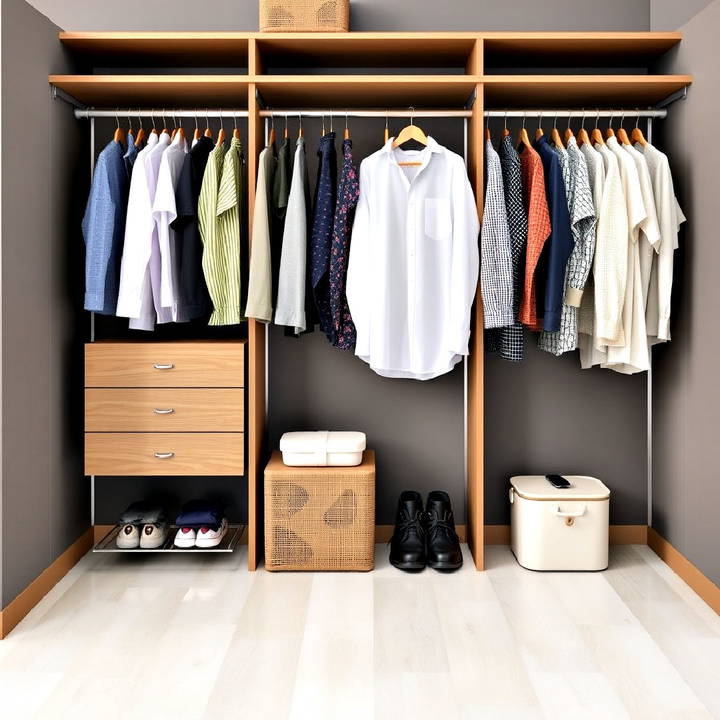
Comprehensive Solutions to Address Humidity Issues
Given the various attempts to solve this issue, let's delve into a more structured approach to tackle the humidity problem in a raised foundation house effectively:
1. Identify and Fix Moisture Sources
Start by identifying any potential sources of moisture:
- Inspect for Leaks: Even small drips or leaks from nearby plumbing, such as a shower or sink, can significantly increase humidity levels. It's essential to thoroughly check for leaks in the bathroom adjacent to the closet and ensure all faucets are properly sealed and not leaking.
- Check the Foundation and Crawl Space: Raised foundation homes can suffer from moisture seeping up from the ground, particularly if there is a dirt crawl space. If you have access, consider putting down a vapor barrier, like heavy-duty plastic, to reduce ground moisture.
2. Improve Insulation and Sealing
Inadequate insulation can allow humid air to enter the home:
- Seal Gaps and Cracks: Ensure that all cracks, gaps, and potential entry points for moist air in the closet and surrounding areas are properly sealed. Use weatherstripping or caulking around doors and windows.
- Upgrade Insulation: If feasible, consider upgrading insulation around the closet and in adjacent areas, such as the walls and ceiling that border the closet space. This can help maintain more consistent humidity and temperature levels.
3. Enhance Ventilation
Good airflow is key to reducing moisture buildup:
- Install a Closet Vent: If possible, add a vent to the closet that allows for airflow from a less humid part of the house or install a small exhaust fan to help pull moist air out.
- Use a Dehumidifier: A small, energy-efficient dehumidifier can be a game-changer for continuously managing moisture in problem areas like closets. Ensure it has an automatic shut-off or a drain hose attachment for convenience.
- Add a Fan: A small, quiet fan can be placed in the closet to promote circulation. Ensure clothes are not packed tightly to allow air to move freely around them.
4. Consider Room Dehumidification and HVAC Solutions
For more persistent humidity problems:
- Whole-Room or Whole-House Dehumidification: Consider investing in a more comprehensive dehumidification solution. Whole-house dehumidifiers work with your existing HVAC system to manage humidity levels throughout the house.
- Maintain HVAC Systems: Regular maintenance of HVAC systems, including cleaning ducts and checking for any moisture buildup or leaks, can improve overall air quality and humidity control.
5. Regular Maintenance and Monitoring
Keeping a close eye on moisture levels and taking proactive steps can help prevent future issues:
- Use Humidity Meters: Simple hygrometers can provide real-time readings of humidity levels in different parts of your home, helping you identify problem areas quickly.
- Keep Closets Organized: Avoid overstuffing closets, which restricts airflow and traps moisture. Regularly clean and organize to ensure clothes can breathe and stay fresh.
Dealing with Difficult Landlords or Property Managers
If you’re renting and don’t have control over some aspects, such as insulation or significant repairs:
- Document Issues and Communicate Clearly: Keep a record of all instances of mildew, mold, or other humidity-related problems. Communicate these with your landlord or property management company in writing.
- Know Your Rights: Understand local tenant laws and what you are entitled to in terms of a safe and habitable living environment. Sometimes, a letter from a legal aid organization or tenant rights group can prompt action.
Conclusion
Humidity problems in raised foundation homes can be stubborn, but with a combination of solutions—ranging from improved ventilation and insulation to proper dehumidification—you can create a healthier, more comfortable living environment. While some fixes are straightforward, others may require more effort or negotiation, particularly in rental situations. Remember, addressing moisture at its source is key to long-term success. With persistence and the right approach, you can effectively manage and even eliminate these humidity issues.
FAQs on Addressing Humidity Issues in Raised Foundation Houses
Discover solutions to humidity issues in raised foundation houses with our comprehensive faqs. Effective tips and expert advice are included.
Raised foundation houses, particularly older ones built in the mid-20th century, often have inadequate insulation and poor ventilation. These homes are elevated above the ground on concrete blocks, which can lead to moisture problems if there isn't a proper moisture barrier or ventilation system in place. This setup allows humid air to rise into the living spaces, contributing to dampness, especially in closed areas like closets.
Closets next to bathrooms are prone to higher humidity levels due to potential leaks, condensation, and poor ventilation. To reduce humidity:
Ensure there are no leaks from the bathroom pipes, faucets, or shower.
Improve ventilation by installing a vent or using a small fan inside the closet.
Consider using a dehumidifier to actively remove moisture from the air.
Keep the closet door open when possible to promote airflow and reduce moisture buildup.
If you can't undertake major renovations, there are still several effective strategies:
Use moisture absorbers like DampRid, which are easy to place in closets and can help manage minor humidity issues.
Place a small plug-in dehumidifier in the closet to control humidity levels continuously.
Ensure proper airflow by keeping doors open and using fans to circulate air.
Check for and seal any gaps or cracks that might let humid air enter the house.
To check for hidden leaks:
Inspect areas around plumbing fixtures in the bathroom adjacent to the closet, including under sinks and behind toilets.
Check the access points, like the one mentioned for a jet tub pump, for any signs of water accumulation or mold.
Look for damp spots, water stains, or a persistent musty smell, which can indicate hidden leaks.
Yes, dehumidifiers can be very effective in managing humidity in enclosed spaces like closets. Small plug-in dehumidifiers are ideal for closets as they can continuously remove excess moisture from the air. For best results, choose a dehumidifier with a suitable capacity for the space and features like auto shut-off or continuous drainage options.
Proper insulation helps maintain consistent temperature and humidity levels. For raised foundation homes:
Use moisture-resistant insulation materials like foam board or closed-cell spray foam, which can help prevent moisture from seeping through walls.
Consider adding vapor barriers, especially in crawl spaces or underfloor areas, to reduce moisture ingress from the ground.
If you're renting:
Document all humidity-related problems, including mold growth or water damage.
Communicate these issues with your landlord or property management company in writing, requesting necessary repairs or upgrades.
Use portable solutions like dehumidifiers, moisture absorbers, and fans to manage the humidity while waiting for a more permanent fix.
Absolutely. Poor insulation under a raised foundation can allow cold, damp air to seep into the house, leading to condensation and humidity issues. Upgrading insulation in the crawl space or under the house can significantly reduce these problems by creating a barrier that prevents moisture from entering the living areas.
Signs of excessive humidity in a closet include:
A musty or moldy smell.
Visible mold or mildew growth on walls, ceilings, or clothing.
Clothes and other stored items feeling damp or developing mildew.
Water stains or discoloration on walls and ceilings.
It's important to regularly monitor humidity levels using a hygrometer, especially in problem areas like closets. Maintain dehumidifiers, refill moisture absorbers as needed (typically monthly or bi-monthly), and regularly inspect for new signs of moisture or leaks. Proper maintenance and vigilance can help keep humidity problems at bay.
These FAQs provide practical advice to help homeowners and renters address humidity issues in raised foundation houses, especially those affecting interior spaces like closets.


